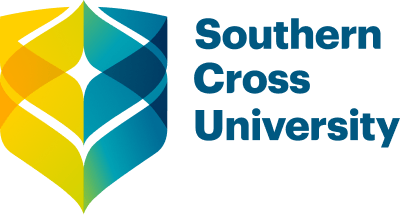Unit of Study HBIO2004 Biomechanics of Gait (2024)
Future students:
T: 1800 626 481
E: Email your enquiry here
Current students:
Contact: Faculty of Health
Students studying at an education collaboration:
Please contact your relevant institution
Show me unit information for year
View previous years of our unitsUnit Snapshot
-
Unit type
UG Coursework Unit
-
Credit points
12
-
Faculty & College
-
Placement
No
-
Pre-requisites
Must have completed or be currently enrolled in PODR2002 - Lower Limb Assessment I
-
Co-requisites
Learning outcomes
Unit Learning Outcomes express learning achievement in terms of what a student should know, understand and be able to do on completion of a unit. These outcomes are aligned with the graduate attributes. The unit learning outcomes and graduate attributes are also the basis of evaluating prior learning.
On completion of this unit, students should be able to:
demonstrate knowledge of kinetic and kinematic concepts
demonstrate knowledge of the mechanics of normal and abnormal structure and function of the body
apply techniques of biomechanical assessment and gait analysis
apply contemporary biomechanical theories to conduct and evaluate an assessment of the lower limb
interpret the relationship between biomechanical disorders and clinical manifestations.
Fee information
Domestic
Commonwealth Supported courses
For information regarding Student Contribution Amounts please visit the Student Contribution Amounts.
Fee paying courses
For postgraduate or undergraduate full-fee paying courses please check Domestic Postgraduate Fees OR Domestic Undergraduate Fees.
International
Please check the international course and fee list to determine the relevant fees.
Find out more
/prod01/channel_8/media/scu-dep/current-students/images/Coffs-harbour_student-group_20220616_33.jpg)
/prod01/channel_8/media/scu-dep/current-students/services/counselling/images/RS21533_English-College-Student_20191210_DSC_6961.jpg)
/prod01/channel_8/media/scu-dep/study/scholarships/images/STEPHANIE-PORTO-108-2.jpg)
/prod01/channel_8/media/scu-dep/study/arts-and-humanities/images/RS20958_Chin-Yung-Pang-Andy_20190309__79I5562-960X540.jpg)
/prod01/channel_8/media/scu-dep/experience/images/SCU-INTNL-STUDY-GUIDE-280422-256.jpg)
/prod01/channel_8/media/dep-site-assets/component-library/screenshots/online-1X1.jpg)